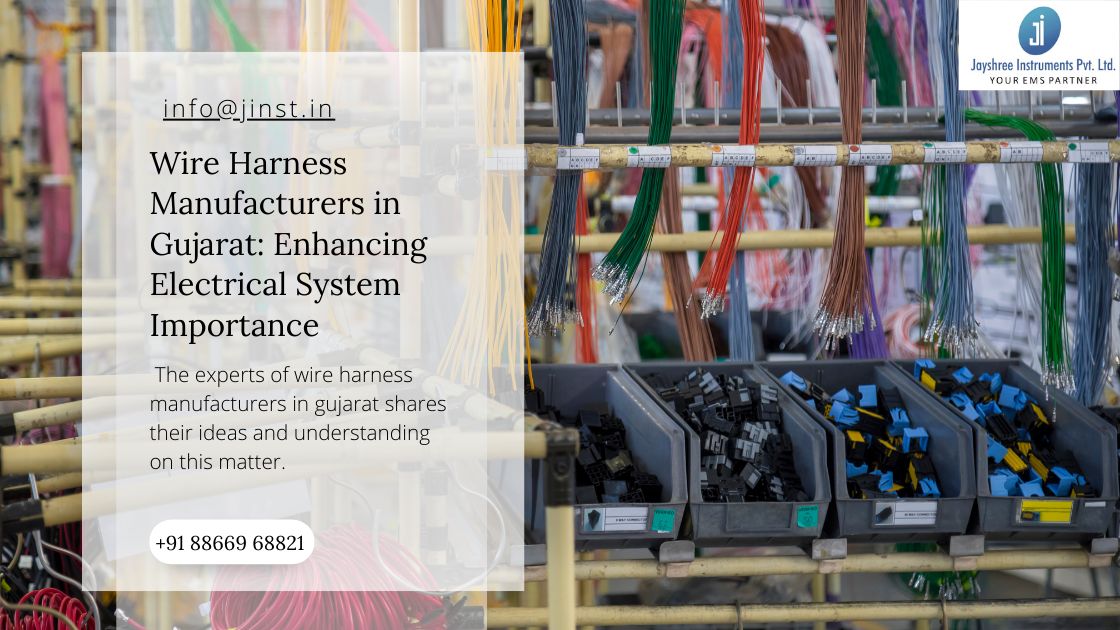We all use machinery in our daily lives without paying much thought to how they work properly. Every element of the automotive and electronics industries requires wiring harnesses. Consider that you wish to become an engineer designing wiring harnesses. In that case, you ought to be thoroughly informed on the importance of electrical wiring harnesses, their applications across a range of industries, and their use in autos and other automotive equipment. The experts of wire harness manufacturers in gujarat shares their ideas and understanding on this matter. Let’s find out more –
Although many industry experts interchangeably use the terms “cable assemblies” and “wire harnesses,” these multi-wire (or “multi-cable”) arrangements can be made in a variety of ways to fulfil a variety of functions for a variety of environments and applications. A wire harness, expressed simply, is the outer sheath that encases and shields an inner conductor or bundle of conductors. These interior components might already be protected and insulated by sheaths, or they might rely on the wire harness to provide the best possible operating conditions. In either case, the wire harness organises a system’s vital components in a crucially important and inexpensive method.
Where to use it?
A coordinated and organised arrangement of cables (or wires) inside an insulating material is known as a wiring assembly, sometimes known as a wiring harness. They’re made to transmit electrical impulses and are used in electrical systems. Various types of wires, conduits, straps, and electrical tape are used to create wiring harnesses.
Although transferring electrical data is a wire harness’s primary purpose, these electrical components have a much bigger impact than you might believe. By combining all of the wiring into a single device for connection to larger components, the harness makes “drop-in” installation easier. In lieu of numerous wires running in parallel, a wire harness provides a secure central connecting point.
Why use a wiring harness?
Makes the applications for accessible
If cables or wires are connected outside of a harness, it will probably seem messy. A wire harness offers the room a nice, organised appearance while streamlining the space and offering a single point of connection for electrical transmission. Therefore, connecting a single group of clamped wires to a single connection is less complicated than connecting several wires to numerous sets of slots.
Durability and quality
A key characteristic of wire harnesses is the use of computerised technology throughout the manufacturing process to lower the likelihood of errors. These computerised gadgets also have an autonomous testing system, which makes them even safer. The endurance of the wire harness makes failure very improbable. These advancements in modern electrical engineering systems are among the most important ways that the importance of wire harnessing in industries is evident.
Ease in installation
Kilometres of wire are needed to assemble one piece of equipment. Each of these cables would be difficult to physically install. When all of these wires and microscopic components are merged into one device, a significant amount of manufacturing time is saved. Additionally, a well-organized system reduces the likelihood of human error.
Creating protected connections
When cables and wires are meticulously connected together in a single harness, several security issues are resolved. A fixed placement for the wires guards against moisture or abrasion damage. Wires must be bundled in a non-flexible way to make the greatest use of available space. A wire harness is particularly good at preventing short circuits and fires since it is often made inside of an insulated, safe material.







Recent Comments